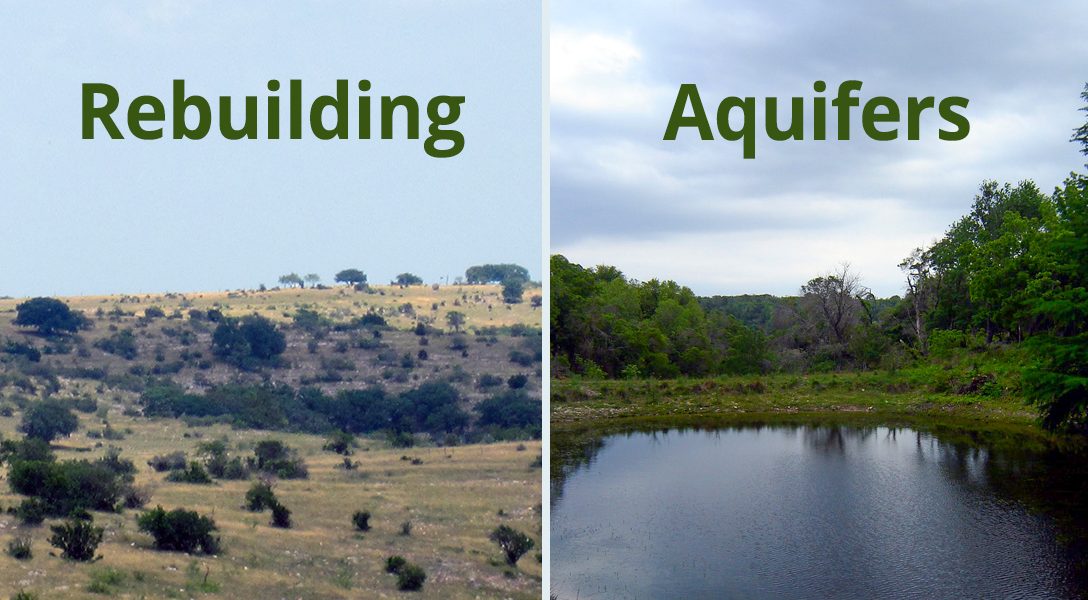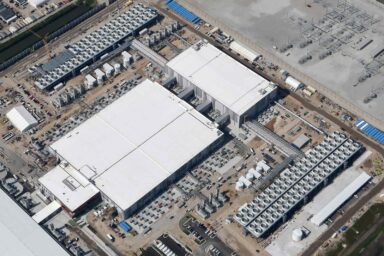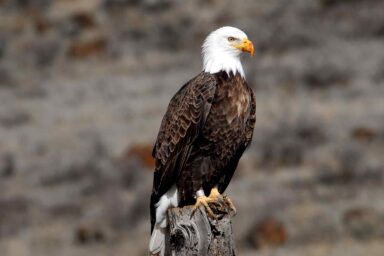Half a century ago, a former industry tycoon rolled up his sleeves and began to convert a large plot of barren land in Texas into a biodiverse habitat. His efforts now serve as an example of what individuals can do to make a difference
The greatest conservation tool ever made is grass. That’s how David Bamberger sees it after restoring 5,500 acres of overgrazed, depleted land in Texas back to a rich, biodiverse habitat.
Bamberger, a former fried chicken tycoon who cashed in his chips nearly 50 years ago, used his fortune to buy the worst patch of land he could find and heal it. He did this, chiefly, by clearing away limestone and cedar, and planting grass along the hillsides in order to soak in the rains and refill the aquifer.
The results speak for themselves, as chronicled here by National Geographic in an 8-minute video short.
Ecological restoration is a practice of renewing and restoring damaged or destroyed ecosystems by way of active human intervention and action. Bamberger explains that it does not require millions of dollars in government investment on mechanized irrigation projects.
“What’s my duty as a steward of this ranchland? I believe it’s to take care of it and to share it,” Bamberger says. “And if you don’t share what you have, you’re going to live a lonely life.”
This kind of stewardship of land is being copied across the region, and Bamberger is considered a pioneer in habitat restoration.
“If we do have some conservation ethics, the results are mind-boggling,” he says.
Related front page panorama photo credit: Adapted by WhoWhatWhy from Screenshot National Geographic / YouTube.



